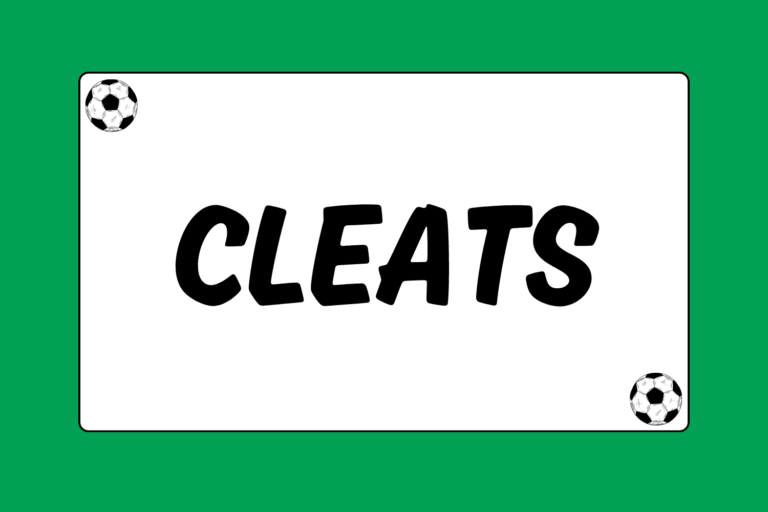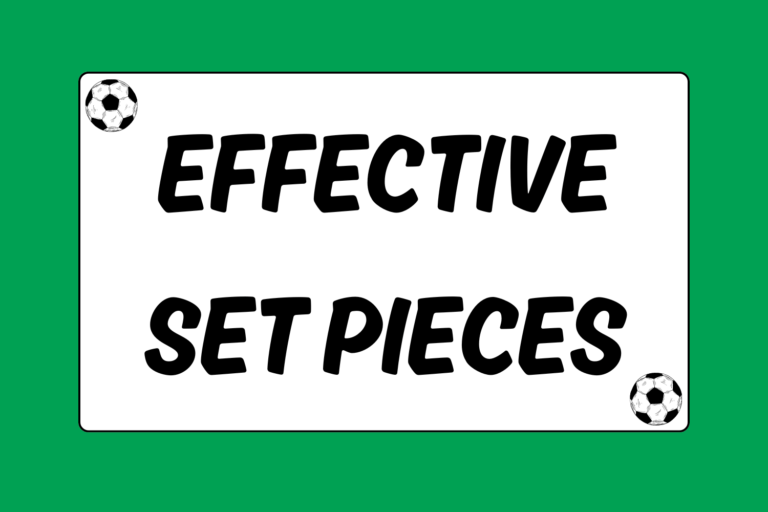For both youth players and parents, a big part of soccer’s attraction is how easy it is to pick up the game. Unlike football, baseball, hockey, and other popular sports, soccer only requires a ball, a goal and a few friends to play.
However, it’s important for beginning players in organized soccer to follow the rules of the game in order to stay on the field. This includes having the right equipment. Fortunately, safe soccer equipment is easy to find and usually inexpensive. Below are a few basic rules all players should follow when it comes to having the right soccer gear.
Shin Guards
Shin guards are the only piece of protective gear that most soccer players wear. They provide essential protection to a soccer player’s lower legs– beginning from just below the knee to around the ankle—and prevent injuries that can be caused by the bumps and kicks that occur naturally on the field.
Without shin guards, injuries can result from reckless plays like aggressive slide tackling and kicks from defenders. However, lower leg injuries can also happen from normal collisions when two players are vying for the ball. Soccer players can choose from among two basic types of soccer shin guards:
- Deluxe: Deluxe shin guards provide full protection for the front of the lower leg. They fasten easily around the ankle with Velcro straps, making sure they stay in place throughout a game. They’re lightweight and support the ankle, making them great for any age and skill level.
- Cheater: Cheater shin guards are merely thin, hard plastic backed by foam padding that mold to the shape of the front of the leg over time. They’re held in place by tape and supportive, knee-length socks. Cheaters can be less bulky, and offer some players more feel for the ball. However, they offer little protection from contact and should be avoided for younger players who are still growing.
Shin guards are for soccer what helmets are for football and hockey. They protect the area of the body most vulnerable to contact that can lead to injury. Sudden trauma to the tibia and ankle can end a soccer career, and stress fractures can result from repeated impact over time.
Hot Tip: Comfort is Key
Shin guards have to be comfortable in order to be worn properly. Borrowing a pair from a teammate or friend can help you determine which type of shin guard feels most comfortable during games.
Finding the Right Cleats
Soccer cleats can’t make players better, but they can make it easier for players to play up to their potential. Most soccer players run several miles during the course of a game, and the number grows as players ascend to more competitive levels of play. Concerning player performance and safety, wearing the right soccer cleats is just as important as playing on a properly-maintained field.
There are many different types of soccer cleats, categorized according to the field type on which they should be worn:
- Multi-studded cleats: These cleats are best for hard or dry fields, because they provide greater traction. They’re rubber-soled and contain many small cleats, so they’re safe for beginning athletes.
- Six-studded cleats: These have four cleats on the sole and two on the heel, and are better for wet or damp fields.
- Removable cleats: These cleats are used more often in competitive leagues and let players fasten different types of metal cleats depending on the field conditions. They’re not allowed in many beginning leagues, because they’re considered potentially dangerous.
- Turf Shoes: These soccer shoes have hard rubber soles instead of cleats, offering better grip for indoor turf surfaces.
Most soccer cleats are made from either genuine leather or synthetic material. Genuine leather cleats are softer and provide greater flexibility. They also offer greater feel for the ball, and often fit more snugly than synthetic cleats. However, they’re significantly more expensive than synthetic.
Synthetic cleats don’t provide the same level of comfort and flexibility, but they’re more than adequate for most young players. Parents with fast-growing children or players still learning to love the game can easily get by with synthetic leather cleats.
Mental Edge
It’s helpful to break in cleats gradually by using them in practice and drills prior to a full game. It’s also a good idea to wear them for light jogs, especially on damp or wet grass. Breaking in cleats gradually will make them more comfortable during games.
Comfortable Clothing
It’s easy for beginning players to forget the importance of comfortable soccer clothing, like loose-fitting shorts, a breathable jersey and knee-high soccer socks. Also, soccer-specific clothing should be strong enough to stand up to falls and spills, but lightweight enough to be comfortable and flexible.
A few other considerations are helpful to make sure that soccer players are dressed appropriately for a match:
- No jewelry: Wearing accessories such as earrings, anklets, and rings can lead to injury during the contact that happens in the course of a normal game. Keep the jewelry at home for everyone’s safety.
- Goalie gloves: Good keeper gloves protect the hands while offering grip and comfort. As with shin guards, it’s helpful to try on a few pairs during practice to see which work best.
- Mouthguards: Mouthguards are mandatory in many leagues because they protect the teeth, cheek and gums, and can help prevent head and neck injuries during contact with another player or the ground.
- Long sleeves: Cold weather can affect players differently, especially when some of the time is spent on the bench. Be sure to err on the side of caution when the weather gets cold.
Safety First
Staying healthy and having fun on the soccer field starts with having the right equipment. Fortunately, most soccer gear is inexpensive and easy to find. For players beginning a new season on the pitch, it’s worthwhile to find comfortable safety gear that will last the entire season. Doing so will help make it a great – and injury-free – soccer year.





